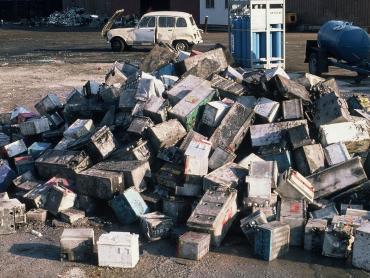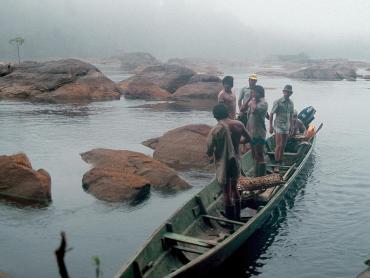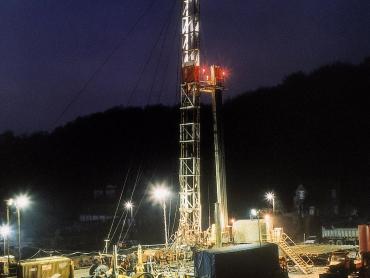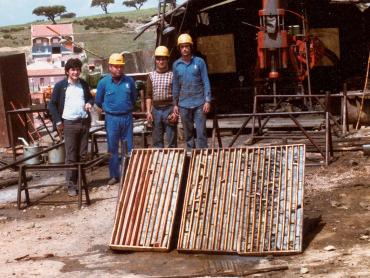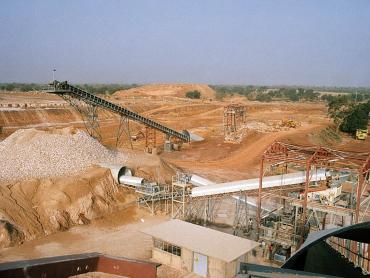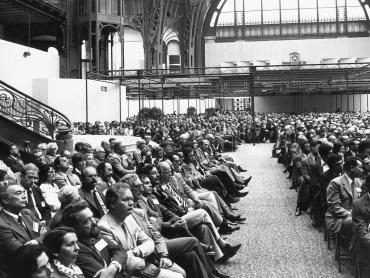Just as BRGM finished laying the foundations of its organisation and activities, the oil crisis broke out in 1973. The organisation rose to the challenge of ensuring national supply, and became the key operator in France's prospection strategy. Its expertise and resources were also used for mining operations. In French regions and abroad, BRGM, with its growing reputation as the sub-surface specialist, was now increasingly called upon.
At the end of 1973, the oil crisis brought to light France's vulnerability with respect to its supply of energy and mineral raw materials. France decided to carry out a mining inventory and to entrust it to BRGM, since it was the only organisation which had the status of a public service, the required expertise and the necessary resources. These operations, which were extended to include French Guiana and then New Caledonia, lasted until 1992 and led to the discovery of many deposits and considerably improved knowledge of the national sub-surface.
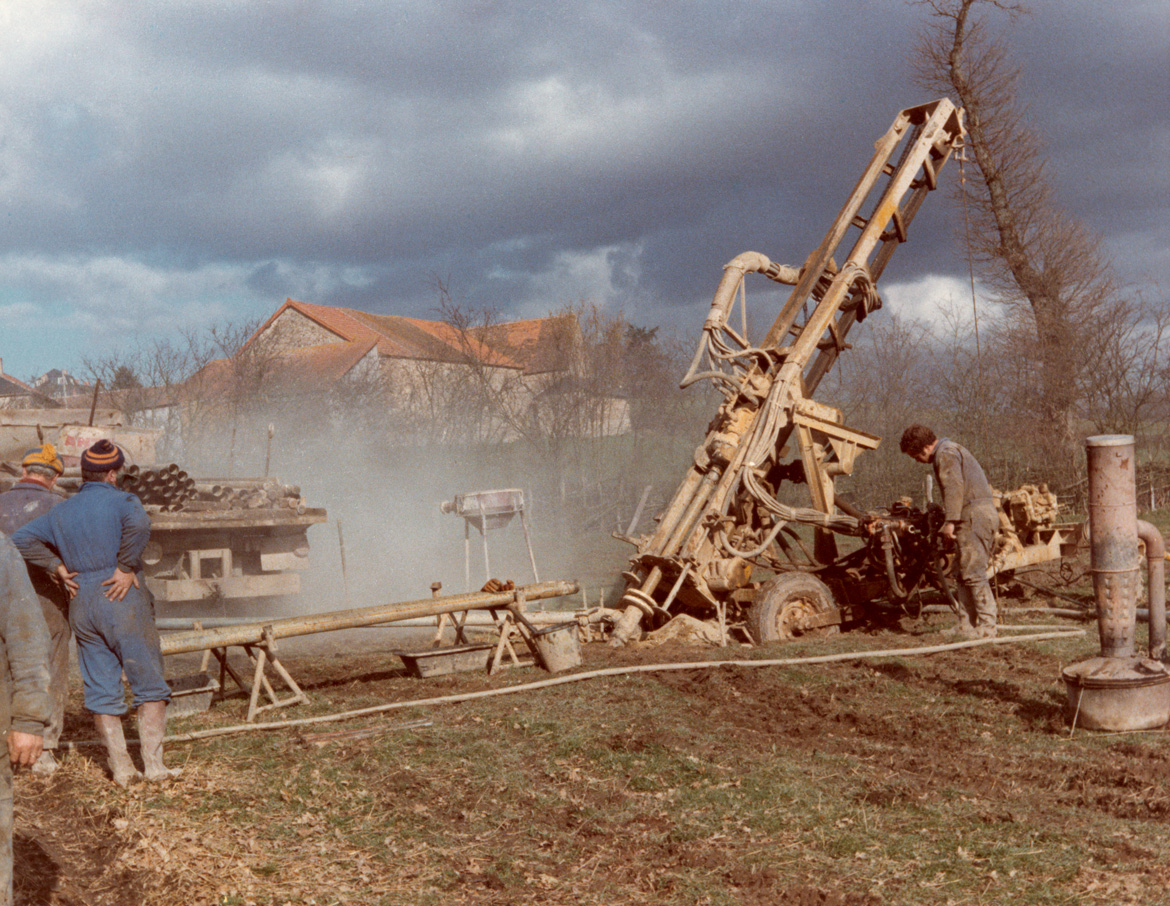
A prosperous activity
Now a major mining company thanks to its heritage, missions and advanced analytical equipment, BRGM is one of the world's leading prospectors, while also being involved downstream of the sector. In 1978, it created a mining investment and exploitation structure, the Compagnie française des mines – Coframines, which included the mining companies in which it had shares. This was followed by the takeover of the Compagnie française d'entreprises minières, métallurgiques et d'investissements – Cofremmi and the creation of the Compagnie internationale de développement minier – Cidem in 1980. That same year, BRGM also took control of the Société des mines et produits chimiques de Salsigne in Aude, which was then the leading gold producer in Europe.
While its public service mission was developing rapidly, supported by the introduction in 1975 of the parafiscal levy on aggregates, as well as its scientific research role thanks to a growing budget, commercial activity was also flourishing. Regional geological services were increasingly in demand. Faced with the historic drought of 1976 in particular, BRGM mobilised its expertise in hydrogeology and the data from its sub-surface bank (BSS) in response to the request of mayors whose communes had been affected.

An international reputation
Turnover from exports abroad also increased, particularly in Saudi Arabia. Furthermore, in 1975, an agency for intervention abroad (Agence d’intervention à l’étranger - AGE) was successfully set up to sell services related to spatial planning, a very competitive market.
The highlight of this period was BRGM's active participation in the organisation of the 26th International Geological Congress, which was held in Paris in 1980. Taking advantage of the opportunity to showcase its mapping expertise, the French organisation's reputation grew enormously.

